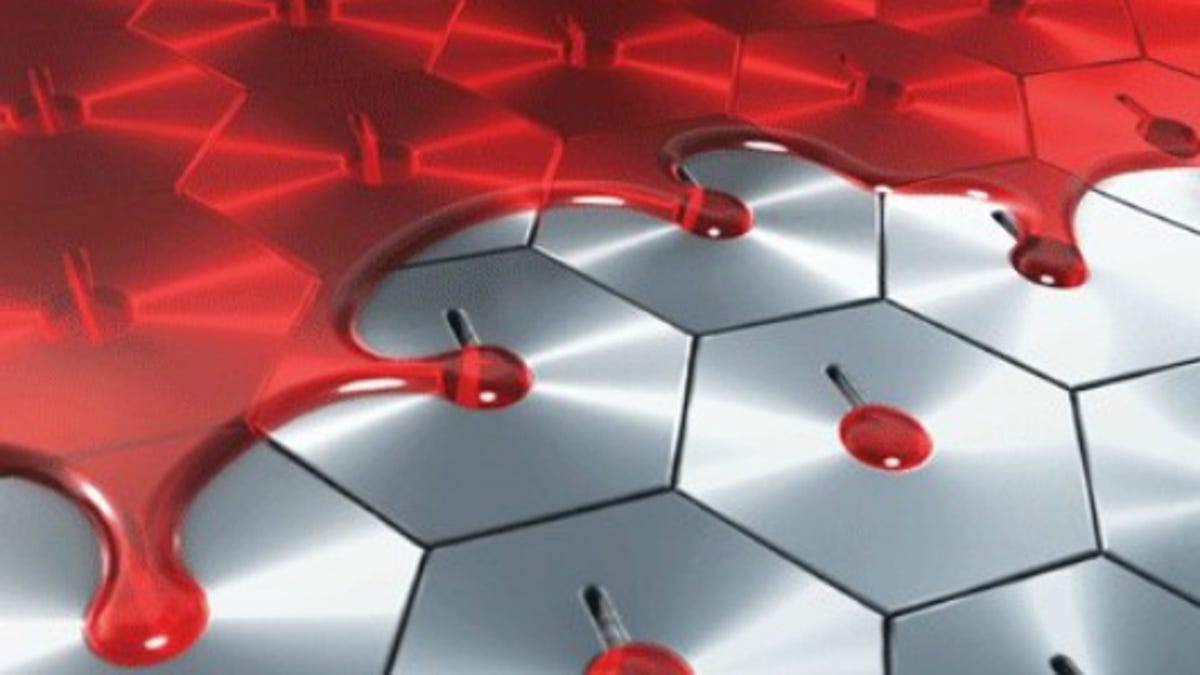Science is in the house at CES
Start-ups backed by the National Science Foundation will be showing off a wide range of technologies, including virtual reality contact lenses, robot butlers, and flexible displays.

Among the throngs at CES next week there will be a cadre of scientist looking to crack into the consumer electronics world.
There will be 24 companies incubated by the National Science Foundation exhibiting at the Eureka Park TechZone at the event. By creating the zone, the Consumer Electronics Association is looking to highlight innovations from startups.
When it comes to the NSF-affiliated bunch, the technologies are all over the map, touching on electronics, health, and alternative energy. Here's a sampling.
Gamma Dynamics is expected to show off its latest developments in a super-thin, flexible display technology, which could one day become a competitor to e-Ink.
With the company's electrofluidic display, each square pixel contains a fluid that spreads to a larger area when a voltage is applied, making it visible to the eye. The power requirements are very low since there is no need for backlighting, which lightens the load for batteries, according to the company.
Gamma Dynamics has made e-paper displays for different applications, including e-readers, and brightness.
Perpetua Power will be demonstrating a body heat-to-electricity system where a wireless sensor, powered by a person's heat, can communicate physiological data from a person to a computer.
The technology behind the system is called thermoelectricity, where special materials convert a difference in temperature into a flow of electrical current. Rather than use traditional materials, Perpetua Power layers thin semiconductors onto a flexible substrate.
The design means that the thermoelectric generators can be fitted into small devices, such as sensors that can run longer than battery-powered devices. The company is under contract to build products with its generators inside, according to a representative.
Innovega will be discussing its contact lenses that allow for virtual reality without the bulky head gear.
The company's iOptik contact lenses have embedded optics and filters and, using a special glasses with small OLED or LCD displays in its lenses, allow people to see both what's on the small displays and the background.
Innovega said that the lenses and displays could be fitted onto normal sunglasses to see electronic images.
Barrett Technologies will show a robotic arm that can be fitted into a robot butler. The company has developed an arm and handle that, when fitted onto a Segway, is being programmed to do not-so-desirable tasks around the house, such as folding laundry or putting things away.
Intel Pittsburgh created HERB (Home Exploring Robotic Butler) with a laser that can create a 3D model of a room and a camera to see where it's going. No word yet on whether it's waterproof enough to wash the dishes.

